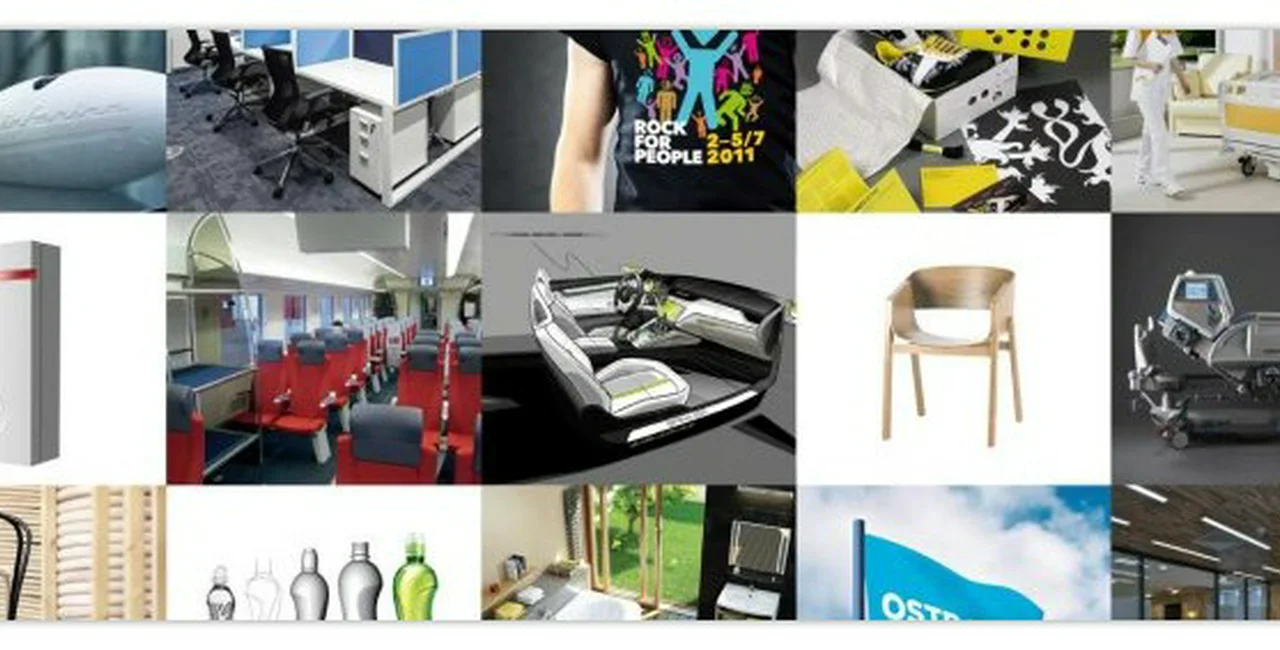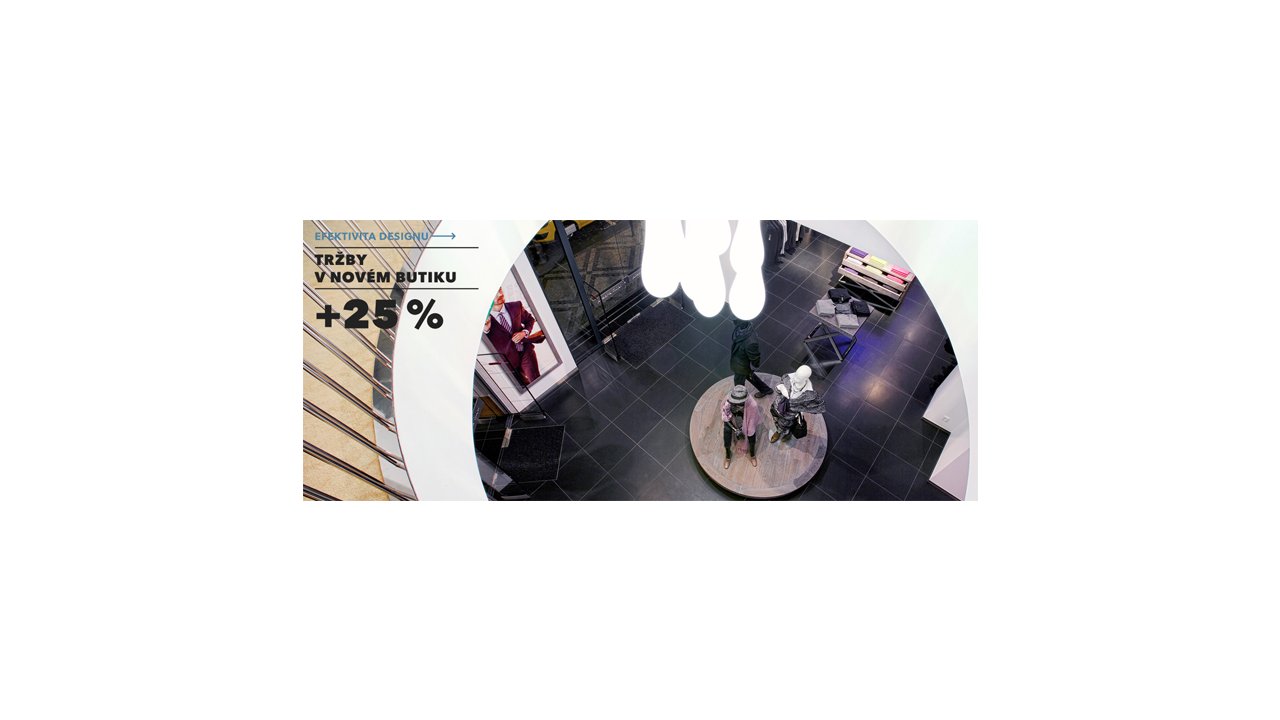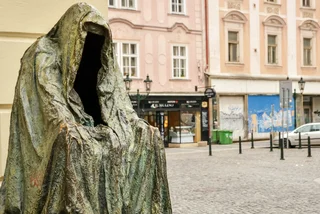When you think about design, numbers might not be the first thing that comes to mind. When businesses think about increasing their numbers, design might not be the first thing that comes to their mind. However, there are a number of businesses and brands here in the Czech Republic that are experiencing first hand that design can indeed be an effective tool in helping them to achieve positive economic results.
Admittedly, Czech businesses benefiting from the use of design are a bit hard to come by as “only 11.2% of [them] regularly measure the impact of design on their overall success.” This number is the result of an ongoing project that was first presented last year. Organized by Dynamo – a Prague-based branding and design company – “With Design Toward Prosperity” (“Designem k Prosperitě”) aims to prove the notion that design can be an effective tool in achieving growth, through the presentation of case studies telling the stories of Czech businesses who already are.
“’With Design Toward Prosperity’ is a project that for the first time ever systematically communicates the correlation between the quality design of products or services and business prosperity [in the Czech Republic]. Until now there has been no institution, organisation, or contest that would communicate and popularise this topic, “ said Michal Richtr, the author of the project and managing partner at Dynamo. “Generally, Czech managers have a positive attitude to design and respect the importance and influence of design. However, in their day-to-day work, managers often do not know how to best use design, and neither do they know what design could do for their business. They often lack a partner for discussion, comparison with other firms, and experience. They have no design managers and design consultants,” says Richtr, “It is clear that the topic of what design can do needs to be made more popular and communicated better.”
Thirteen case studies – including manufacturers, legendary Czech brands and the city of Ostrava – were first presented last year in Prague through an exhibition and book. The exhibition is now moving throughout various regions in the Czech Republic – mainly being presented at universities and now accompanied by lectures and conferences. As With Design Toward Prosperity is an ongoing project, Richtr and his team are working on adding new case studies to the mix including most currently, Air Bank, with talks of Kofola and Tescomo in the pipeline.
Here’s a look at a few Czech brands and businesses that have benefited as a result of implementing quality design:
1. TON
Founded in 1861 as the Thonet company, TON (the name was changed in 1953) is respected around the world for its over 150 year tradition of manufacturing bentwood furniture. Producing over 9,000 chairs per week, the company established a tradition of working with designers from the get go. However, there was a long period of stagnation when the company was merely relying on the sale of its successful classic models to get by. But then in the 90’s, the company attempted to revive their tradition of working with designers. It was in 2004 when the plan finally came to light through TON’s collaboration with Italy-based German designer Tom Kelly who, along with being behind the company’s successful Tonster series, also created new business opportunities for the company through presentations at international furniture fairs and had a strong influence on defining strategic concepts for production. From this followed other successful collaborations, including those with a number of Italian designers including Eugenia Minerva and Alex Gulfer who are behind the successful Petalo clothes hanger and Merano chair, respectively, both of which won international Red Dot Design Awards in 2011. Just a month after winning the award, sales of the Merano chair increased by 100%.
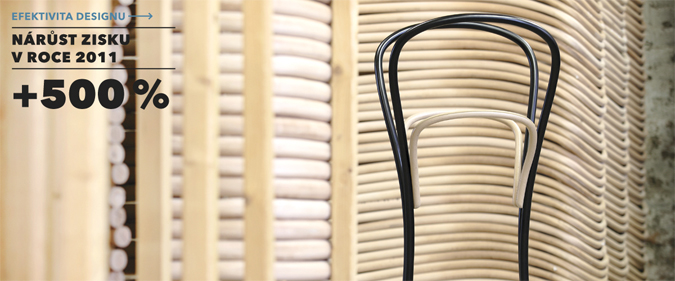
Along with working with international designers, TON has also benefited from their collaboration with Czech designers including studio Olgoj Chorchoj and Jan Padrnos, both of whom created new innovative objects beyond chairs for the company. With these new collaborations, leading to a more diversified product portfolio, the company has been rewarded in a number of ways including a remarkable growth in international markets with their furniture being sold in 60 countries. As with the Merano chair, models that have won awards continue to have a third more sales. Product variety has supported the opening of new stores, which resulted in the company increasing their profit fivefold in 2011 with a turnover of around 700 million CZK.
2. Jablotron
As with TON, Jablotron – an electronics producer with a focus on security systems for the home and office – has placed an emphasis on design from early on “[adapting] the strategy that the timelessness and elegance of design is one of the main criteria in the customer’s decision making process” as noted within the “With Design Toward Prosperity” case study description. The company, which was established in 1990, benefited from an early collaboration with designer Ivan Moucha whose products for the company have remained some of the most successful. Moucha’s JA-60 system continues to garner a consistently steady turnover, which in 2011 amounted to 153 million CZK. The company’s collaboration with car designer, Jan Tuček, has led to a number of awards for the company for his work on the classic JA-80 Oasis security alarm and an unexpected success with the design of large GSM phone in 2006. From its introduction on the market, the Tuček,-designed Oasis system has consistently seen a dramatic increase in sales with a turnover in 2011 of more than 483 million CZK.
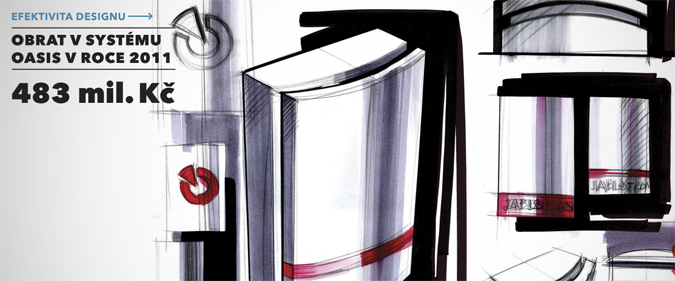
Jablotron’s collaboration with designers, which has helped to increase both the competitiveness of the company’s range of products and the motivation to develop new products, has played a strong role in contributing to the company’s success: With a total annual turnover of 1 billion CZK, Jablotron has managed to impress the international market with the high quality design of its products with exports accounting for 72% of their total turnover.
3. Rock for People
In 2012, the organizers of the popular summer music festival, Rock for People, decided to change the event’s visual identity to bring it up to speed with the festival’s growth since its inception in 1995. Through a new design – hiring Dynamo to do the job – they aimed to reflect the atmosphere of the festival as it looks and feels today and attract new fans and visitors. A new graphic style – described as strong, positive and playful – allowed for the easy addition of new promo-items beyond t-shirts including boots, raincoats and even women’s swimwear.
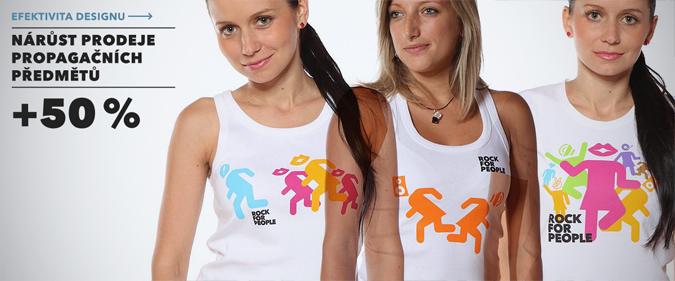
After the introduction of the new visual style, sale of the promo merchandise increased by 50%. Within the first 72 hours of launching the new design, 2000 new members were added to the festival’s Facebook page. Before the rebranding the FB group had 21,000 fans. In the summer of 2012 there were already 51,000.
4. Pietro Filipi
With its name inspired by Italian fashion, culture and living, the Czech fashion brand Pietro Filipi was established in 1993. Originally working under a wholesale model, in the late nineties – in response to the rapidly changing marketplace – the company, in collaboration with franchising partners, opened a network of retails stores in the Czech Republic and Slovakia. In 2004, a new investment partner enabled the company to purchase the stores and invest in brand development – all of which led to rapid expansion in the foreign marketplace – today the brand has a presence in eight countries in Europe. With a well-respected brand under their belt – collaborating with well-regarded Czech designers Hana Zárubová and Anna Tušková, the company knew they needed to focus on the brands presentation and how to sell it through the shopping experience itself. In 2010, management hired the renowned Czech studio Olgoj Chorchoj to design a new two-story flagship store on Prague’s Národni street.
Using luxury materials and quality manufacturing to reflect the brand, the boutique was designed to offer an exclusive individual approach to customer-service with a space designated for limited and luxury collections, wedding garments and a VIP club. As a result, sales in the new boutique increased by 25% and the average price of a single purchase increased by 20%. Sales of the luxury collections experienced growth as did the interest of a wealthier clientele.
5. LINET
“Personally, I feel that the story of LINET, a hospital bed manufacturer, is a typical example [amongst the 13 case studies], “ said Richtr. “Years ago, Mr. Frolík, LINET’s founder and owner, bet on design as one of his main competitive advantages, and today he exports nearly 85% of his production to foreign markets.” It was in the late 1990’s that LINET company executives made the decision to approach industrial designers Jiří Španihel and Ivan Dlabač. When presented at an international exhibition of medical equipment in Germany in 2000, the two beds the designers were responsible for – Eleganza and Multicare – aroused tremendous interest. The company’s remarkable increase of competitiveness on the foreign market place was nearly immediate.
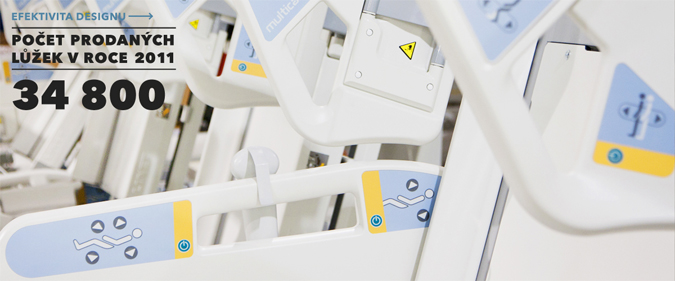
LINET’s continued collaboration with designers has led to a number of awards. Revenue’s have increased notably since the company’s beginnings (in 2009, it amounted to 2 Billion CZK). In 1995 the company sold just under 3000 beds, while after eleven years collaborating with designers they were able to sell close to 35,000.
To learn about more Czech businesses that are benefiting from design, have a look at the With Design Toward Prosperity website, which also features interviews with executives from some of the featured companies (only in Czech). If you’re in Brno in the next weeks, head over to Brno University of Technology – the With Design Toward Prosperity exhibition opens there on March 21.
Related articles












 Reading time: 7 minutes
Reading time: 7 minutes 